In 2004, PBS invited a group of Civil War reenactors to take part in its documentary series “Slavery and the Making of America.” U.S. Air Force photographer Jeremy Lock, then stationed at Charleston Air Force Base, South Carolina, had been photographing the reenactors in his free time and accompanied them to the set. Lock knew to remain low-key and out of the way, but as he “bounced around” taking photographs, he noticed the cinematographer keeping a close eye on him. At the end of the shoot, Lock apologized if he’d interfered in the filming. “No,” the cinematographer replied. “I was watching you to see where my next shot was going to be.”
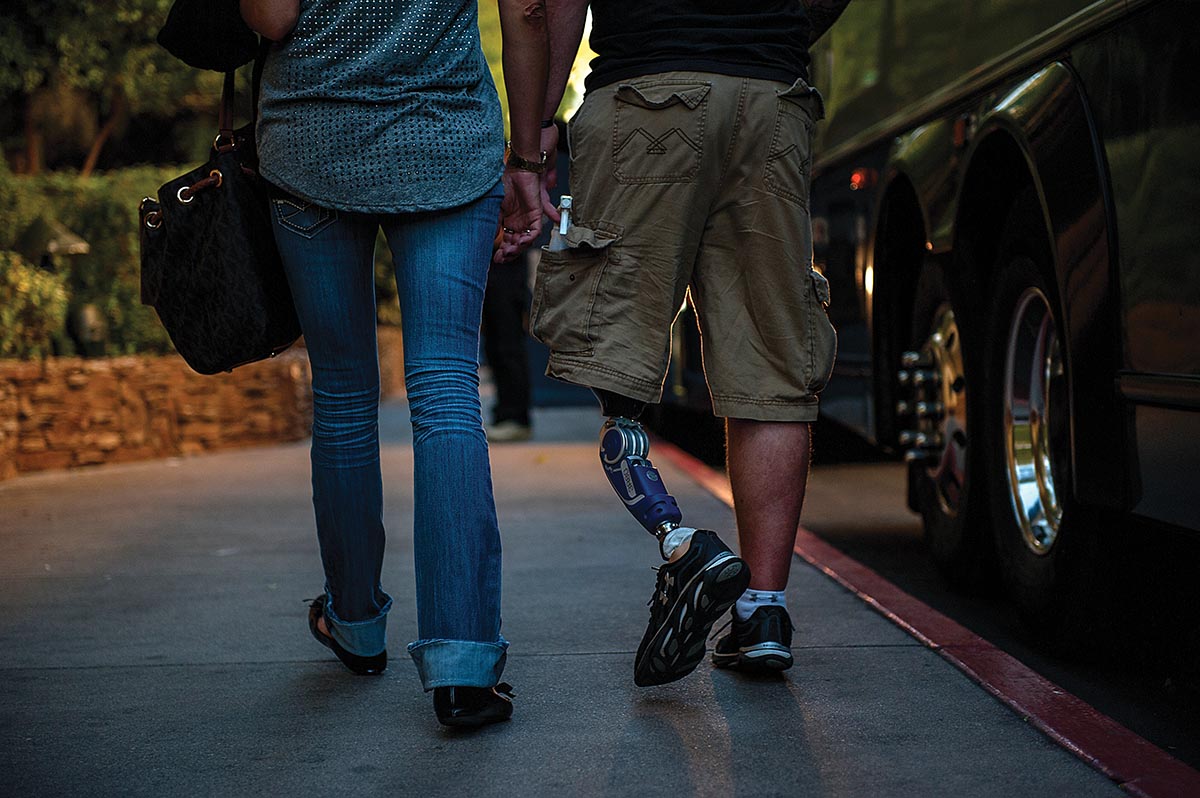
“I took that as a huge compliment,” says Lock, whom PBS subsequently hired to take production shots for the series. Lock hears a variation of that compliment a lot, he says. Watching as Lock goes about his business, people know his images will be special. Call it his work ethic, but a more apt description would be his play ethic.
“That’s what I consider all my photography: Unless it’s a paid gig, I play,” Lock says. “Playing to me means being able to create, learn something, see the world differently, and excel, get better.” And have fun. “Every time I pick a camera up, I want to be like a kid opening a present. It’s like going through Christmas every day when I get to look at the images.” Even when he’s in combat.
MEANT TO LOVE
During his 21-year Air Force career, Lock was named Military Photographer of the Year a record seven times, four more than anybody else. Upon retiring from military service in 2013, he settled in Dallas and established a portrait studio to supplement photojournalism assignments for clients such as the U.S. Department of Veterans Affairs, American Airlines, Airpower Foundation, Mercury One, and the Texas Department of Public Safety. His images have been published in National Geographic, Time, The New York Times, and The Washington Post; he strings for Reuters; and his honors include awards from World Press Photo, National Press Photographers Association, and the Oasis Photo Contest.
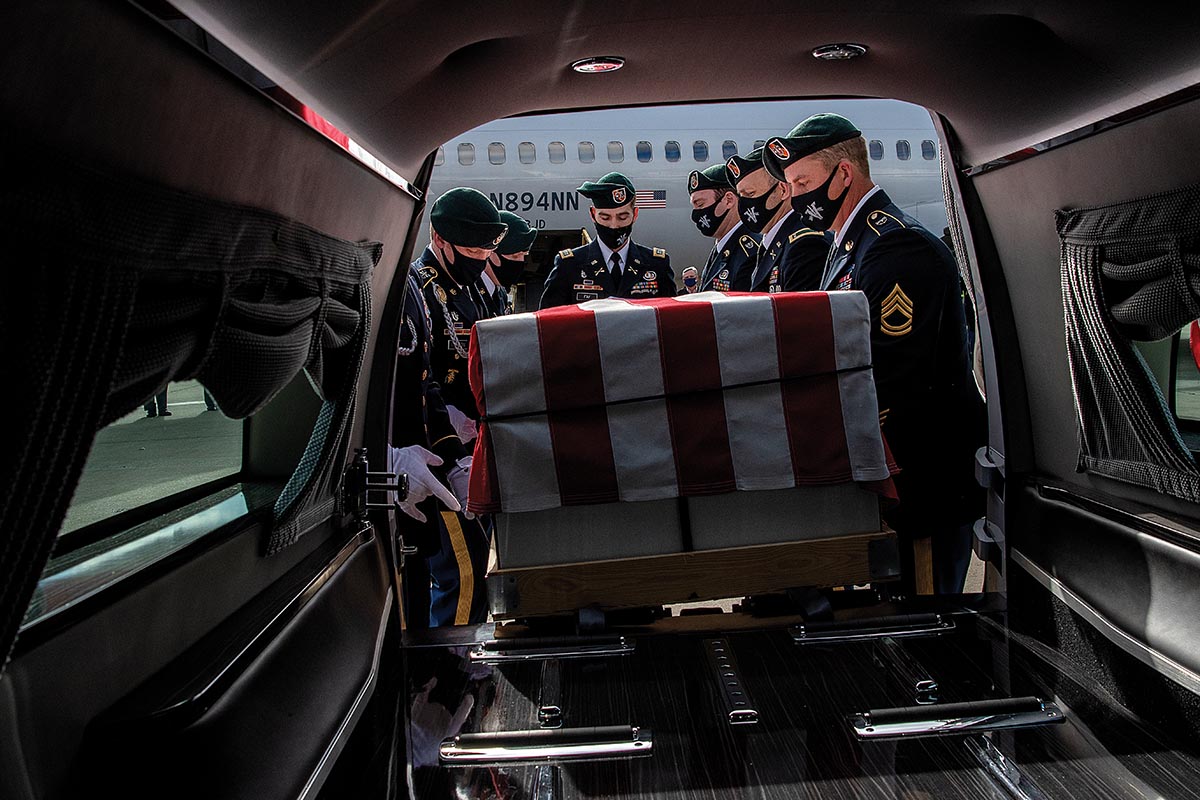
Not bad for a man who joined the Air Force to be a medical X-ray technician. Assigned instead to work as an image processor for U-2 spy planes, seeing those images emerge in the darkroom convinced Lock to see the world through a camera lens. He put together a portfolio, applied for reassignment as a photographer, and the Air Force sent him to the photojournalism program at Syracuse University.
In a Zoom call from his Dallas home, Lock has a look of wide-eyed wonder as he recounts his career, the mentors who inspire him, and the stories he’s told in single photographs and series. These images span the world, his 30-year career, and a wide array of subject matter, from the hunt for Osama bin Laden in Afghanistan to veterans hunting elk in Idaho; from NASCAR to Calcutta cab drivers; from the aftermath of earthquakes in Japan and Haiti to dancing cowboys in Costa Rica; from portraits of Medal of Honor recipients to portraits of headhunters in India; from pilots navigating the skyways to divers working under the waves.
Lock’s passion for humanity is the common denominator in his images. “Humans are meant to love and not hate, and that’s with everything I photograph,” he says. “Even in war, there’s beauty amid all this death and destruction. I choose to look for those beautiful bits of life unfolding in front of us even in bad times.”
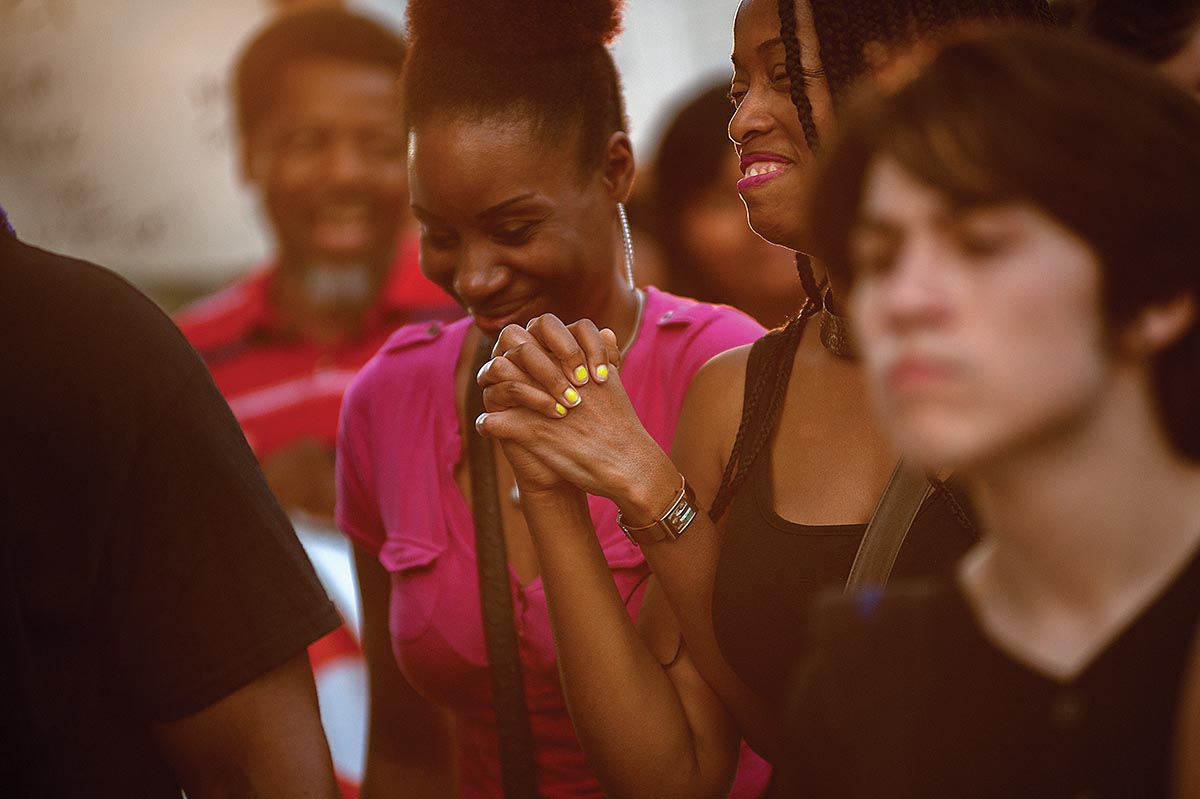
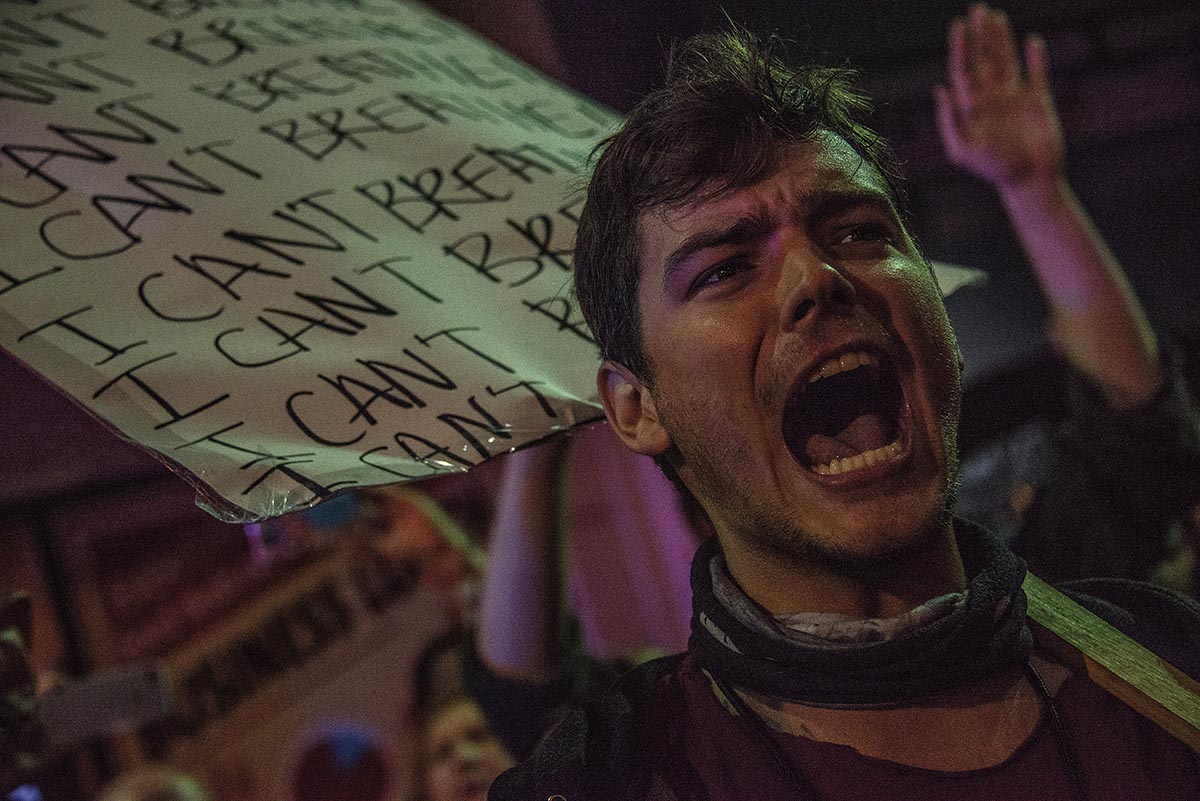
Though he does commercial assignments, he prefers working for causes, such as military veterans’ services and nongovernmental organizations, or developing his own projects, including championing African children with severe scoliosis. His interest in Calcutta cab drivers is documenting a subculture heading for extinction at the hands of online ride services, though he also admits, “It’s self-serving because it’s fascinating to me, and I want to learn and soak it up. I could read a book but, wait, I can be there, witnessing it.” Thanks to his Air Force retirement pay, Lock uses his photography earnings, including the occasional sales from his online art gallery ranging from $750 to $20,000, to finance his special projects.
His passion is more than an abstract notion: It is his photographer’s playbook. “To pat myself on the back a little bit, people look at my website, they look at my work, and they feel something. That’s the No. 1 comment I get,” he says. “To me that’s the biggest compliment. There’s a reason why I clicked that photograph, there’s a reason I was there for that. I want you to feel something.” Reaching that goal is a process with three go-to principles every time he picks up the camera:
- Fill the frame. “You’re showing the viewer what you want the viewer to see. Do I want the viewer to see the ceiling in my shot? No. So don’t put it in your image.”
- Control the background. “Am I putting that viewer’s eyes to where I want them to see? What’s distracting in the background?”
- Watch for the moment. “If you do that every time, soon you’ll just be pulling that camera up and your mind will automatically fill the frame and control the background because you’ve seasoned yourself, and you’re just watching for that moment,” he says. Watching is noting situations and body language but also something specific to Lock: “It’s really watching and caring what’s going on within what you’re documenting.” Sometimes there aren’t moments, like two people walking on a mountain or a guy walking a flightline. “So how do I bring you into it? By pulling back and making this into a beautiful picture. Maybe there’s a cloud, or maybe these human beings are this big”—he holds his thumb and finger a half-inch apart—“on this big vast mountain,” he says sweeping his hands wide.
Photographing combat is no different than photographing other genres, from sports to pet of the week, he says. For each story, he knows he needs at least an overall scene-setter, a portrait, and some kind of interaction. It plays in his mind like a movie script. “I’m out on patrol, I need an overall: there’s guys rolling down in a Humvee. Who are they? There’s their eyes, their portrait of who these people are. What are they doing? They’re serving the Iraqi community, so there’s the nice medium shot of some interaction.” Even in combat he’s looking for the moment, though when “big action” happens, the adrenaline-fueled Lock will get about 200 medium shots of the action going on. “Then the adrenaline starts coming down and I’m thinking, OK, now I can start moving around and getting more of the story.” Lock photographed a lot of sports to train for war photography, learning how to anticipate and situate himself for the image. “We were on a night patrol. It was black, and we’re moving and, oh my gosh, there’s a lamp up there that they’re all going to go under. I know I can steal that light to create an image.”
He points out that his job was to be a photographer, not a war fighter. “To this day I’ve had no greater honor—no greater picture—than my job of getting to show what our brave men and women do for our country,” he says. In Iraq in 2006, Lock earned a Bronze Star Medal for continuing to photograph through two firefights and providing life-saving aid to a wounded Iraqi policeman in one of those firefights. During a sniper attack, Lock photographed a wounded Marine’s evacuation under fire, then drove the Humvee in the counterattack.
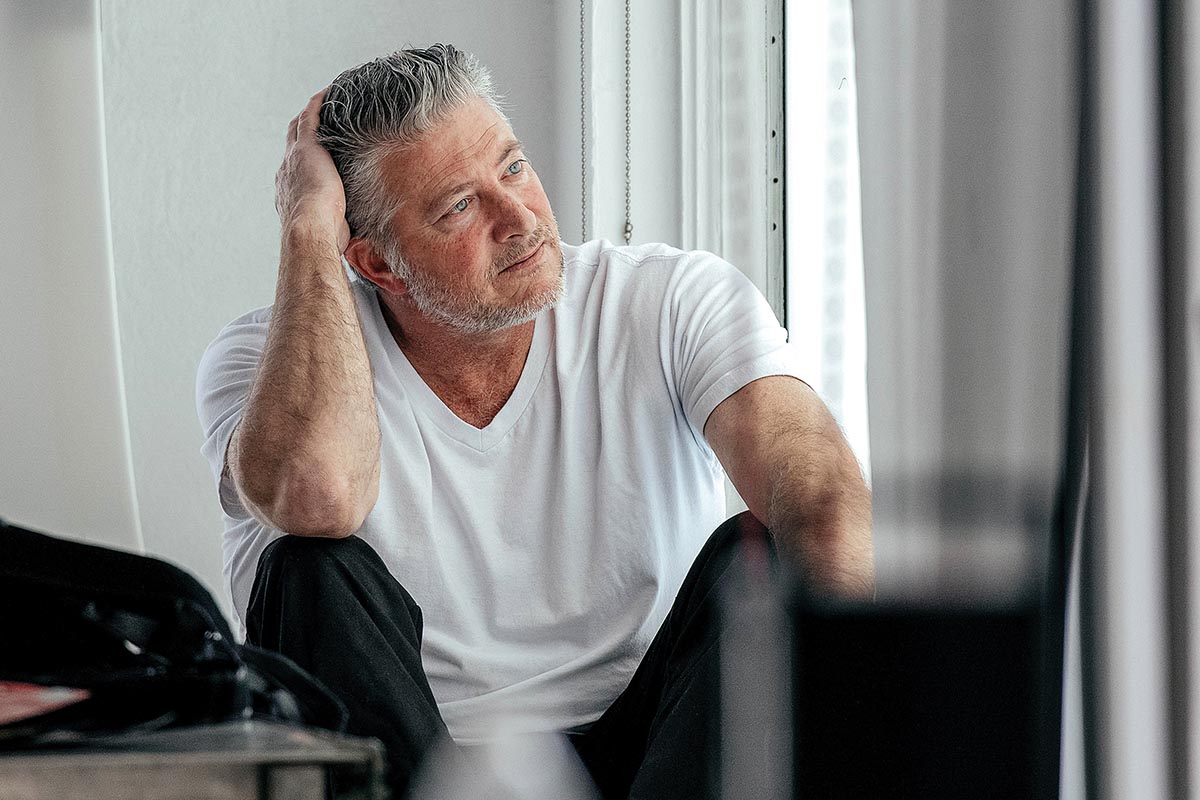
Photographer Jeremy Lock
TRULY INQUISITIVE
In all his years with Combat Camera, Lock never used a flash or strobe. He started experimenting with additive lighting in his Dallas studio and began creating a signature style of portraits that hews to his overall photography mission: to make the viewer feel. “I hope in my portraits that you see there’s impact, there’s purpose with these people.” He uses a black or white background for timelessness and singles out the individual on the canvas. He uses a single large strobe on the face and a small flash at the back as a kicker. He sets the ISO as low as possible—100-200—and the aperture as high as possible— f/16-f/22. “I want you to see every little hair on that person’s face,” he says.
Listening to his subjects in portrait sessions is akin to watching his subjects on photojournalism assignments: It’s how he captures a feeling. Lock has become so enthralled with the aural form of human touch that he developed a podcast called “Last Letters.”
“It is the best storytelling I’ve ever done, and it’s not from doing this,” he says as he mimes pressing his finger on a camera. “It’s from listening and speaking,” his finger moving from the imaginary shutter button to his ear and his mouth. “As a human being I’m truly inquisitive about other people. There’s so much going on in the world, and whether you’re right, left, purple, pink, I don’t care. Can’t we as humans sit down and talk with one another and have a conversation, not me hearing you but not really hearing you because I can’t wait to tell you about me?”
He’s produced 83 episodes of “Last Letters,” in which his subjects write a letter as if tomorrow is their final day on earth. “What would you say and who would you say it to?” Lock explains. Then he records a conversation in his home based on the letter. Episodes include Medal of Honor recipients, Navy Seals, an Elvis impersonator, a Dallas cop with paraplegia after being shot in the line of duty, and a woman born to a heroin addict who gave birth to her while chained to a prison bed. “It’s been incredible,” Lock says. “And then I do the portrait sessions with them.”
Eric Minton is a writer and editor in Washington, D.C.

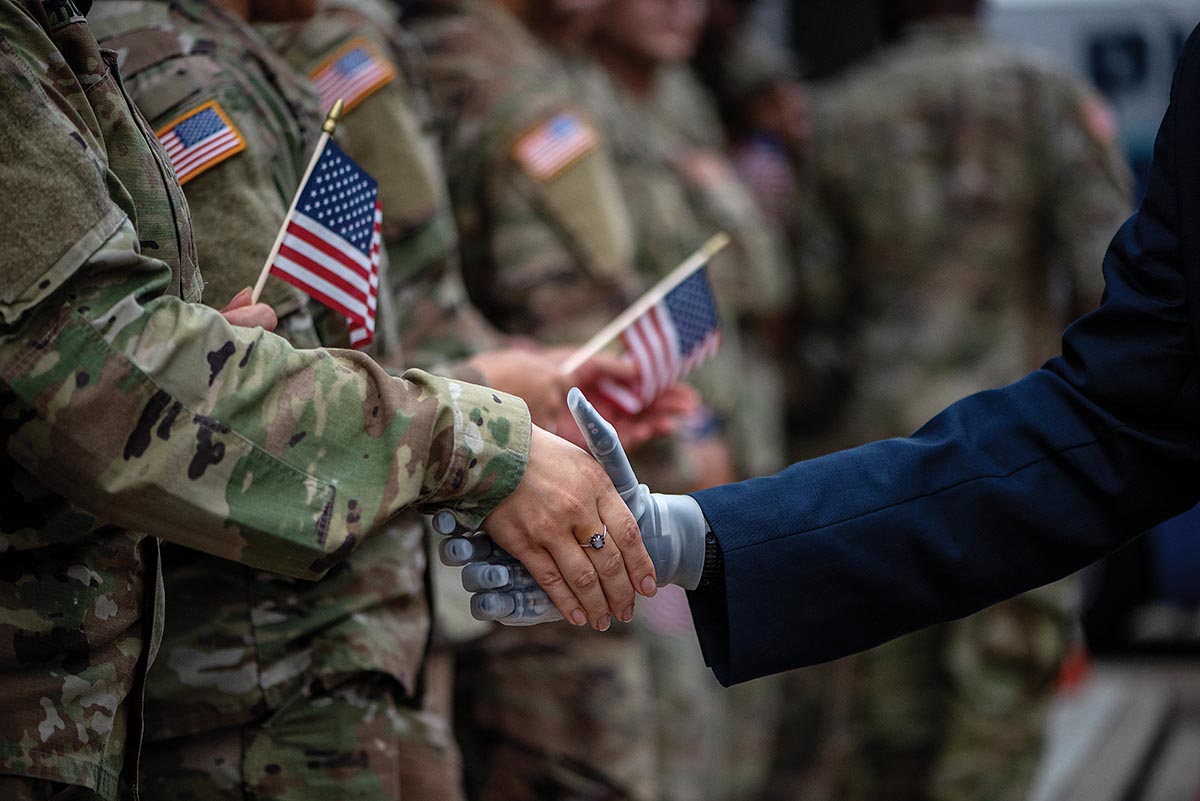
 View Gallery
View Gallery


